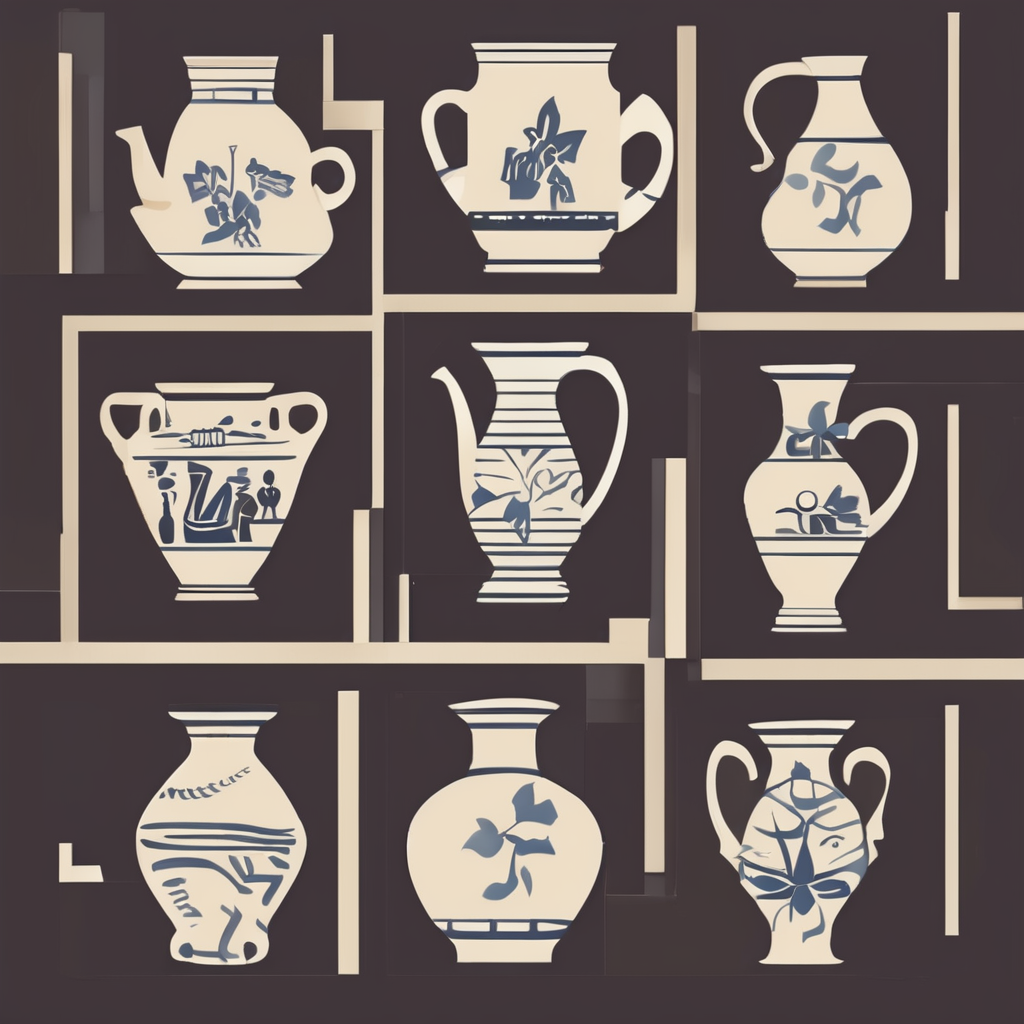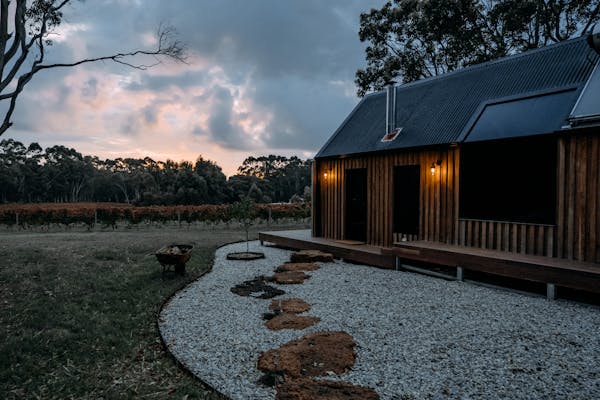Natural wood imitation cladding offers the warmth and elegance of wood without its vulnerabilities. Durable, low-maintenance, and versatile, these materials replicate authentic wood textures and colours while resisting weathering and wear. Discover practical options that bring timeless beauty to interior and exterior spaces—combining aesthetic appeal with smart, long-lasting performance.
Defining Natural Wood Imitation Cladding and the Need for Alternatives
The appeal of wood-look cladding lies in its ability to deliver the natural charm of timber while sidestepping the drawbacks associated with real wood. By using advanced technology, products like those presented by FIBERDECK replicate wood texture and grain for both interior and exterior projects.
Topic to read : Transform your bristol balcony: key design tips for creating a safe and stylish urban haven for kids
Natural wood imitation cladding, including faux wood siding and composite wood panels, serves a rising need in contemporary architecture. Homeowners and designers turn to these alternatives to minimize environmental impact, reduce ongoing maintenance, and control costs. Real timber is prized for appearance, but faces challenges such as susceptibility to rot, warping from moisture, intense upkeep, and environmental sourcing concerns.
Modern eco-friendly cladding options enhance durability with impressive weather resistance and color stability, providing sustainable facade solutions for renovation, extension, and new build projects. Expectations are clear: products must offer a variety of finishes, withstand challenging climates, maintain visual authenticity, and support sustainable construction—all without sacrificing style or functionality.
This might interest you : Discover stunning natural wood effect cladding options
Types and Material Options for Wood Imitation Cladding
Wood-look cladding has evolved into a versatile solution for both residential and commercial exterior upgrades. Diverse materials enable weather-resistant wood imitation tailored to meet various architectural or maintenance demands. Among the broadest choices are composite wood panels—a blend of recycled wood fibers and polymers—producing low maintenance exterior cladding that replicates natural wood’s warmth while outperforming timber in moisture and UV resistance.
Vinyl wood-look cladding provides a cost-effective cladding solution, renowned for its colour retention and minimal upkeep. PVC cladding with wood grain incorporates advanced texturing, simulating sanded oak or walnut in various tones. These products resist rot and demand little more than periodic cleaning, making them an attractive, eco-friendly cladding option.
Simulated wood paneling, such as acoustic slat panels and flexible decorative exterior panels, brings dimensional texture indoors and outdoors. Colour diversity spans from classic oaks and deep walnuts to contemporary greys and bold painted finishes. Some advanced ranges, like robust composite exterior boards, are further reinforced for fade and moisture-proof siding performance. This blend of innovative wood facade technology and sustainable building materials ensures long-lasting improvements to curb appeal and insulation.
Durability, Maintenance, and Weather Resistance
Weather-resistant wood imitation products demonstrate a clear advantage over natural timber when it comes to the lifespan of synthetic wood siding. Thanks to advanced manufacturing and co-extrusion technologies, these panels provide durable wood-look finishes that resist fading, warping, and rot. In cladding durability comparison tests, synthetic options outperform most traditional timber, especially where moisture-proof siding and rot-resistant cladding are priorities.
Daily exposure to rain, UV rays, and temperature shifts can degrade organic materials. However, modern weatherproof exterior siding and moisture-proof siding are engineered with low water absorption rates and built-in UV protection. Rot-resistant cladding formulas target vulnerabilities found in timber, blocking out the main causes of decay. This helps maintain both strength and visual appeal, contributing to long-lasting exterior finishes and enhancing exterior wall protection.
In practice, “low maintenance exterior cladding” means periodic cleaning with water and mild detergent rather than constant sanding, sealing, or painting. This maintenance-free facade option reduces long-term costs and effort. For homeowners seeking the aesthetic charm of wood effect exterior cladding without ongoing upkeep, imitation products deliver reliable, stress-free benefits.
Installation, Design Flexibility, and Buying Guidance
Installation of wood imitation cladding starts by choosing between adhesive application and mechanical fixings. Adhesive methods suit flat, clean surfaces, but mechanical fixings with screws and battens are preferred for exterior wall protection and humidity resistance. Scheduling time for the panels to acclimate to room conditions prevents warping, a critical step in both residential facade upgrades and commercial wood-look cladding.
Attention to proper ventilation behind cladding is vital; this supports the longevity of weather-resistant wood imitation panels and guards against moisture damage. Spacing boards 6mm apart, leaving expansion gaps, and fitting wood-look panels with recommended trims ensures a long-lasting, low maintenance exterior cladding result.
Design flexibility comes from a broad selection of sizes, trims, and customization options. Many systems accommodate both vertical and horizontal installations, expanding exterior makeover ideas and enhancing curb appeal with siding in contemporary or classic styles. Matching edge trims—such as inside and outside corners and ventilation strips—support seamless results for modern wood-look building materials.
To make effective purchase decisions, request samples of your preferred sustainable building materials. Compare color, texture, and the durability of composite wood panels. Evaluate supplier guarantees, cladding fitting systems, and price match options to maximize value before choosing the right eco-friendly cladding options for your project.

